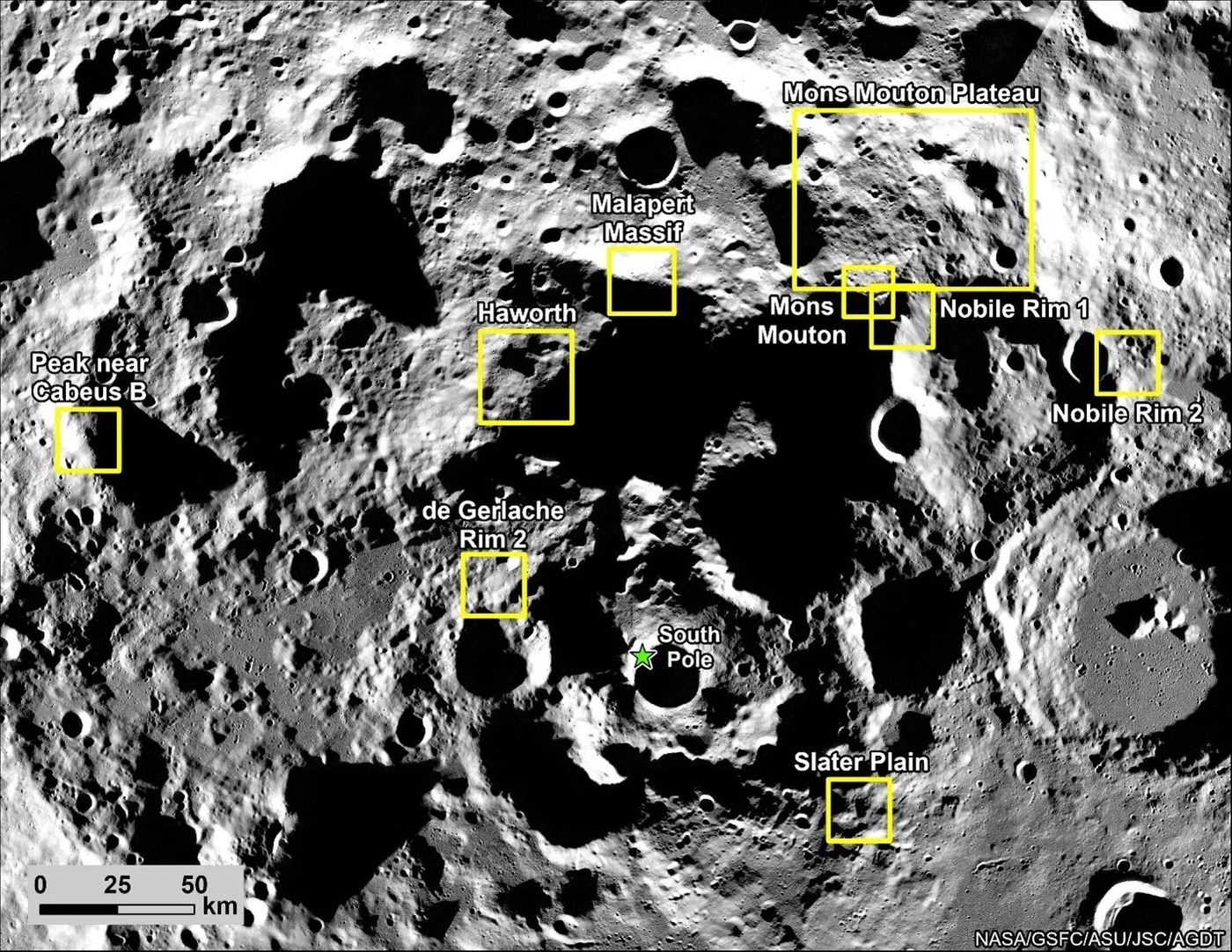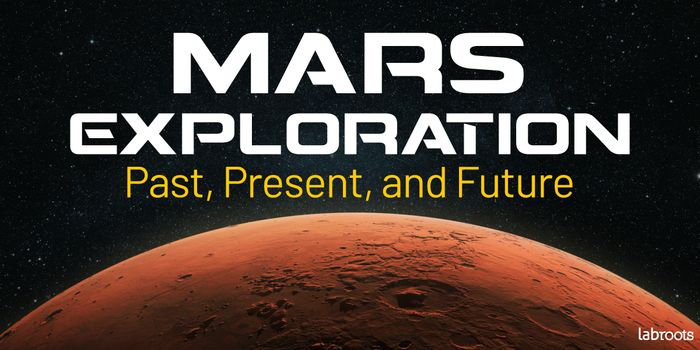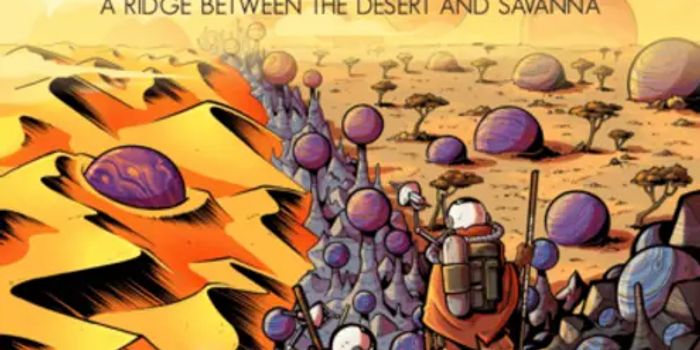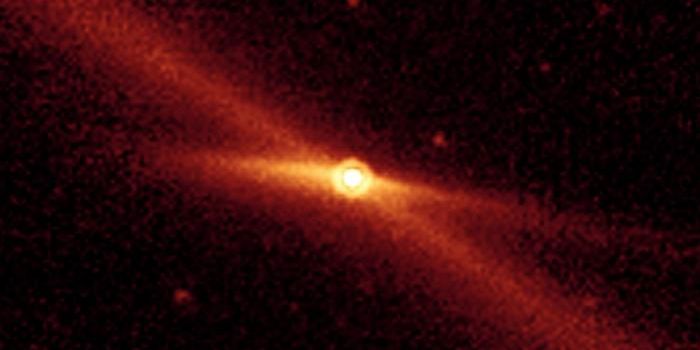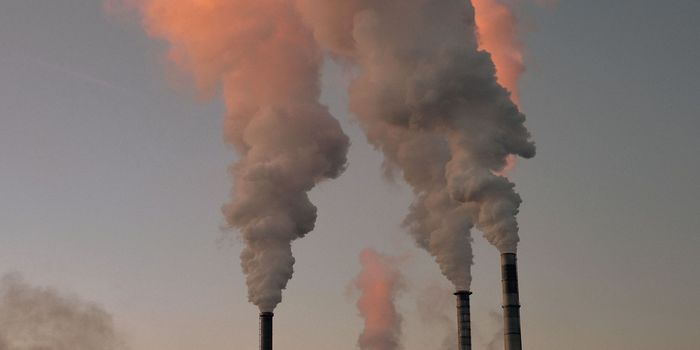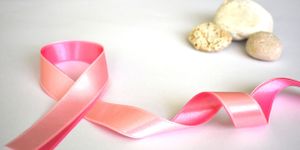Charting New Territory: The South Pole Landing Regions of Artemis III
Where will NASA’s Artemis Program precisely land astronauts near the lunar south pole? This is what the famed space agency hopes to figure out as they recently narrowed the list of potential landing regions from 13 to 9, underscoring NASA’s ongoing urgency in selecting a final landing site prior to landing astronauts on the Moon with the Artemis III in the next few years, along with landing the first woman and person of color on the lunar surface, as well. The selected regions will provide scientific opportunities based on geology, terrain, and access to water ice, the latter of which can be used for fuel, drinking, creating oxygen through electrolysis, and much more.
NASA has identified the following potential landing regions not listed in priority: Peak near Cabeus B, Haworth, Malapert Massif, Mons Mouton Plateau, Mons Mouton, Nobile Rim 1, Nobile Rim 2, de Gerlache Rim 2, Slater Plain. Each landing region consists of several square miles with more precise landing sites being determined later.
Image of the nine potential landing regions for landing astronauts during the Artemis III mission in a few years, which were obtained by the LRO (Lunar Reconnaissance Orbiter) WAC (Wide Angle Camera). (Credit: NASA)
“The Moon’s South Pole is a completely different environment than where we landed during the Apollo missions,” said Dr. Sarah Noble, who is the Artemis lunar science lead at NASA Headquarters in Washington DC. “It offers access to some of the Moon’s oldest terrain, as well as cold, shadowed regions that may contain water and other compounds. Any of these landing regions will enable us to do amazing science and make new discoveries.”
The landing regions were selected based on input from a myriad of scientists and engineers who analyzed images obtained from NASA’ Lunar Reconnaissance Orbiter, along with the Artemis III geology team whose task is to identify landing sites based on the scientific potential, which could help scientists better understand the formation and evolution of rocky planetary bodies throughout the solar system.
Where will NASA select the final landing site for the Artemis III mission? Only time will tell, and this is why we science!
As always, keep doing science & keep looking up!
Sources: NASA
